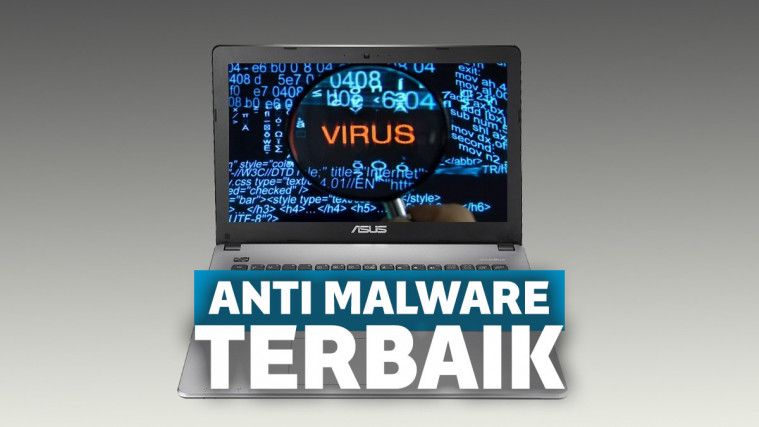

In some cases, as technology site Public CIO notes, cybercriminals have even "locked up" computer data - making the information inaccessible - then demanded ransom from the users to get that data back.īut the main risk that cybercriminals pose to heavy computer users is stealing online banking information such as banking and credit card accounts and passwords. These criminals may employ a variety of sophisticated tactics. Malware today is largely designed by and for professional criminals. So after asking "What is malware?" the next logical questions are, " who is creating it, and why?" The days when most malware was created by teenage pranksters are long gone. Other types of malware, such as spyware, are named for what they do: In the case of spyware, it transmits personal information, such as credit card numbers. Computer viruses are probably the most familiar type of malware - so named because they spread by making copies of themselves. So what is malware? It comes in a bewildering variety of forms.

It's vital that all users know how to recognize and protect themselves from malware in all of its forms. Malware can infect computers and devices in several ways and comes in a number of forms, just a few of which include viruses, worms, Trojans, spyware and more.

Malware, short for "malicious software," refers to a type of computer program designed to infect a legitimate user's computer and inflict harm on it in multiple ways.


 0 kommentar(er)
0 kommentar(er)
